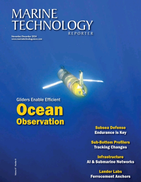Subsea Tech Helps Solve Riddle of Lost World War II Ship
An Aberdeen-headquartered firm has donated specialist subsea equipment to help solve one of the most tragic mysteries of the Second World War.
Ashtead Technology has been supporting attempts to discover exactly what caused the loss of 645 crewmen when the HMAS Sydney sunk on November 19, 1941.
In addition, an independent provider of subsea equipment rental, sales and services to the offshore industry, has provided 3-D survey equipment to study the wreck and inform conservation of what is a mass grave site.
The vessel had gone missing following a battle with the German cruiser Kormoran, which also sank. Since then it was never known why the Australian ship went down so quickly when it was pitted against a relatively small opponent.
The final resting place of the HMAS Sydney was only discovered in 2008 off the West Australian coast at a depth of 2,000 meters.
Ashtead became involved after being approached by DOF Subsea on behalf of the Western Australia Museum which has been working with Curtin University.
The specialist technical equipment supplied by Ashtead allowed researchers to carry out subsea surveys with navigation at depth, studying water speeds, sampling water conditions and providing depth and distance information.
The technology provided included an iXsea ROVINS System, Valeport BFM 803 Current Meter, Valeport MIDAS CTD, Valeport MIDAS BathyPack 3,000m, Tritech PA500 Bathy Altimeter, Teledyne Blueview P900-130, and a PMAC CPacq single cell system.
With more than 70 years of mystery into precisely what happened, the survey work was able to show the ship had a 15-centimeter shell hole through the compass platform at the bridge. The damage would have disabled the control systems and meant the HMAS Sydney would subsequently struggle to defend itself.
Investigators are now assessing how the vessel has corroded and ways that it can be conserved.
Wendy Lee, regional manager of Ashtead Technology’s Singapore office, said, “The mystery of what happened to the HMAS Sydney has been a puzzle that led to many different theories over the years. I am glad we could help the families and descendants of those who died on that day to learn just what happened.
“The technology we supplied played a key role in surveying the wreck, establishing the state it is in and what the sea conditions are around it. This is work we are well used to at Ashtead through our support for the offshore industry and the systems used have meant those investigating what happened to the vessel have been able to build up an accurate current picture of the HMAS Sydney and its past.”
The survey work on the HMAS Sydney was all done from the outside of the vessel to protect the integrity of the grave site.

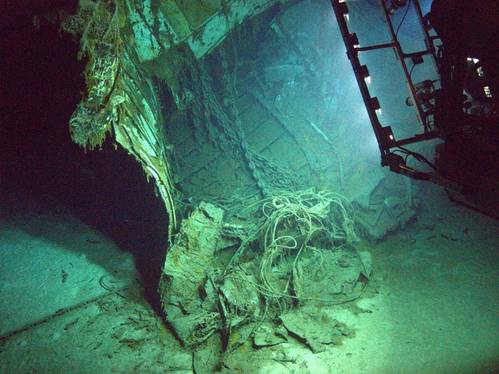
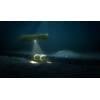
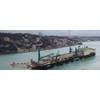
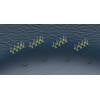
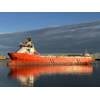
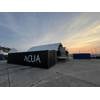
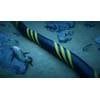






 December 2024
December 2024


